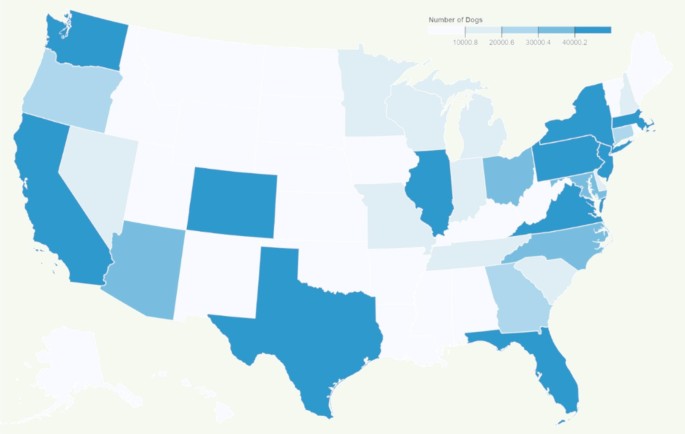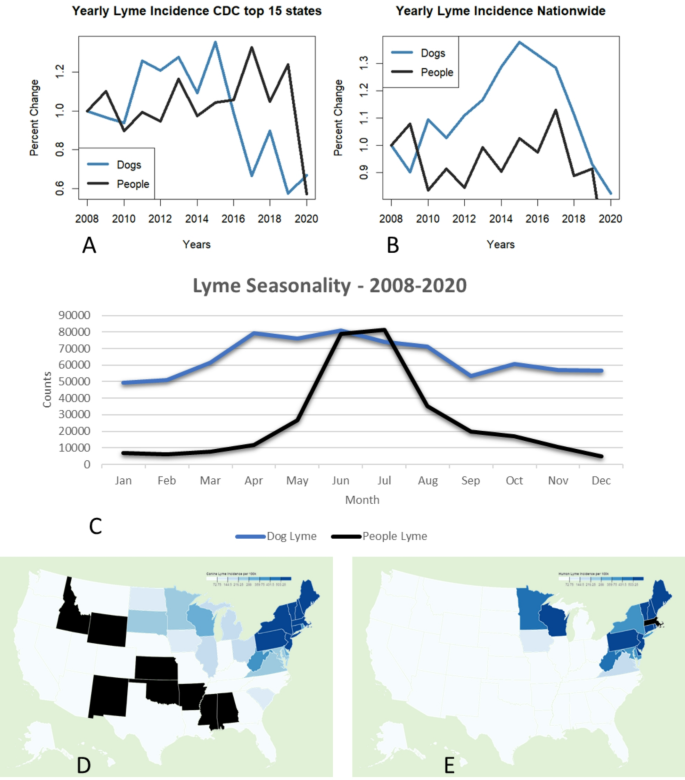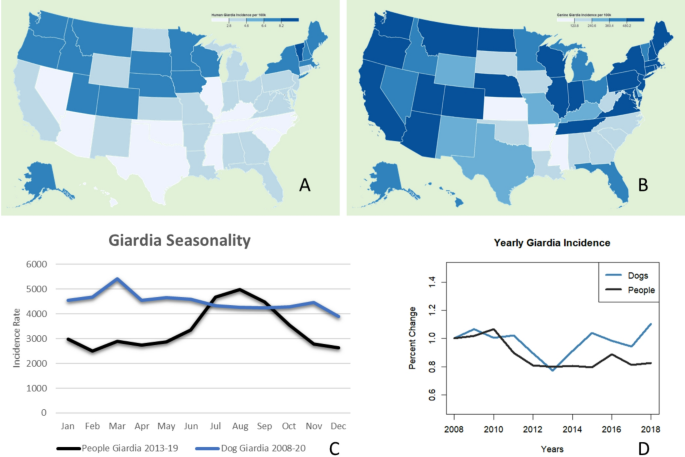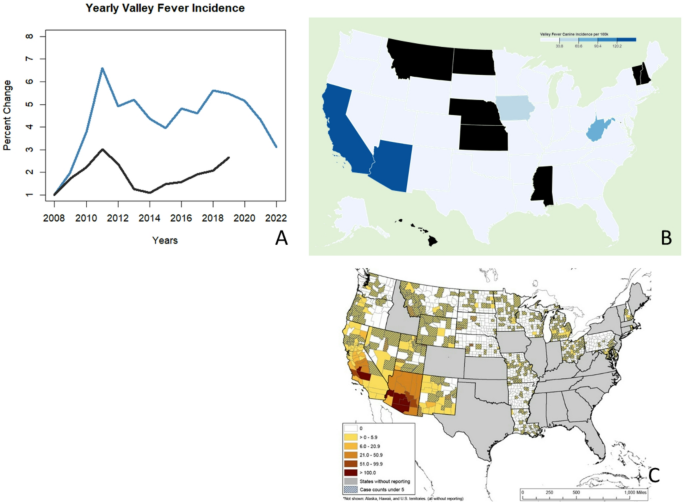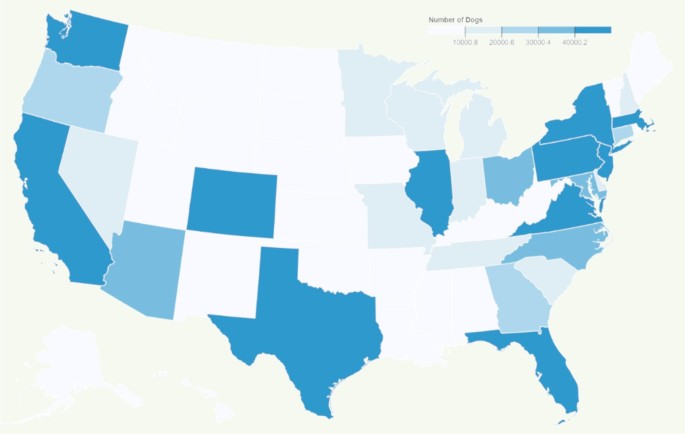Introduction
In today’s interconnected world, novel disease detection methods are crucial for early public health interventions. Pet dogs in the United States share many environmental exposures with humans, making them a potential sentinel for human disease.
Methodology
This study examined pet insurance data from Fetch, Inc. covering 1,254,522.5 dog-years between 2008 and 2022. The data included diagnoses of various infectious diseases such as Lyme disease, giardiasis, Valley Fever (coccidioidomycosis), and soil-transmitted helminths. The incidence rates of these diseases in dogs were compared with human incidence data from the Centers for Disease Control and Prevention (CDC).
Key Findings
- Lyme Disease: The incidence rate in dogs is approximately 44 times higher than in humans. Canine Lyme disease trends preceded human trends by about 1-2 years.
- Giardiasis: Both human and canine Giardia incidence trends followed similar patterns, with canine cases peaking in spring before human infections began to rise.
- Coccidioidomycosis (Valley Fever): The geographic distribution and yearly trends in dogs mirrored those in humans, with peaks and troughs occurring in the same years.
- Intestinal Parasites: The incidence rates were highest in New York, New Jersey, South Carolina, Oregon, and Hawaii, with overall declining trends since 2008.
Machine Learning Models
General linear models were trained using human incidence data with and without canine incidence data. The models that included dog data showed reduced mean absolute error (MAE) for predicting human incidence rates.
Discussion
The study demonstrates that pet insurance data can be a valuable tool for monitoring and predicting human infectious disease trends. The similarities in disease trends between humans and dogs suggest that active monitoring of canine diagnoses could help public health professionals implement interventions to protect humans with weeks to months of warning. Particularly for Lyme disease, the 2-year lead time provided by canine data could enable budget planning and targeted interventions.
Conclusion
Pet insurance data offers a promising avenue for enhancing public health surveillance of infectious diseases. By leveraging this data, public health agencies could improve their preparedness and response to emerging and re-emerging diseases.
